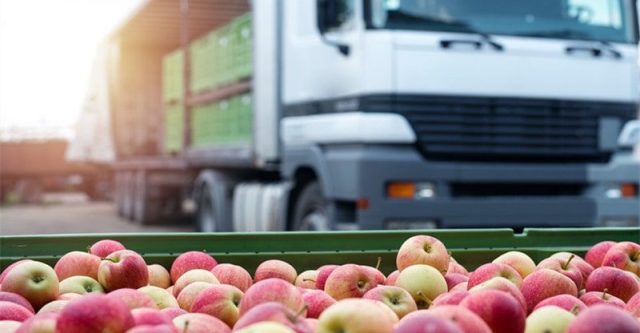Transporting food is a specialized task, as each type of food—be it fruits, vegetables, meat, cheese, or dry goods—demands its own set of conditions. Ensuring food arrives fresh and safe for consumption, in time for market sales, is a critical aspect of the process.
The professionals at Globalink Logistics are well-versed in the nuances of food packing and transport. They offer various methods tailored to suit both your personal and food-related shipping needs. In this piece, we’ll guide you through the considerations that need to be taken when shipping food.
Key Considerations for Food Transportation
Proximity to the Destination
Previously, the challenge of long-distance food transportation was significant due to inadequate vehicles and preservation equipment. Fortunately, modern transportation methods now allow us to ship foods without compromising their quality. The distance from the point of origin to the marketplace is a decisive factor in choosing the right mode of transport.
Common Modes of Transport Include:
– Air Freight
– Rail Freight
– Road Freight
– Sea Freight
Perishable items with brief shelf lives, such as meats or delicate fruits, often travel across continents via air to ensure quick delivery. Roads and railways are ideal for intra-country or intercontinental travel, with trains being particularly useful in regions with expansive distances. Sea freight, while more economical, relies on specialized vessels, including refrigerated ships and container vessels for transport.
Temperature Control
Handling food cargo requires maintaining specific temperatures to ensure the food remains fresh. Improper temperature management can lead to spoilage and health hazards caused by bacteria growth. It’s crucial to keep food items cool and appropriately refrigerated during their journey.
Contamination Risks
Food is highly susceptible to contamination during transit. For safety, food must be packed in sealed containers that guard against dust and pollutants. Transporting food in the same vehicles that carried chemicals is strictly off-limits due to the risk of the food absorbing harmful substances, leading to potential poisoning.
Typical Bacteria and Prevention
Inadequate temperature control can lead to bacterial growth, with signs including odd odors, discoloration, and changes in texture. Foodborne illnesses arising from bacteria such as staphylococcus, salmonella, clostridium, and campylobacter can cause symptoms ranging from nausea and diarrhea to fever and headaches. Avoiding cross-contamination is crucial, as it can spread bacteria from a single item throughout the shipment. Cold temperatures slow this process, preventing widespread spoilage.
Conclusive Advice
Before transporting food, know the shelf life of your products. This will help you determine travel duration and the best method of transportation. When selecting a shipping company, ensure it offers the right conditions, such as suitable transit times and temperature control. The quality of the food upon delivery hinges on these transportation and storage conditions, so double-checking is always recommended.
































